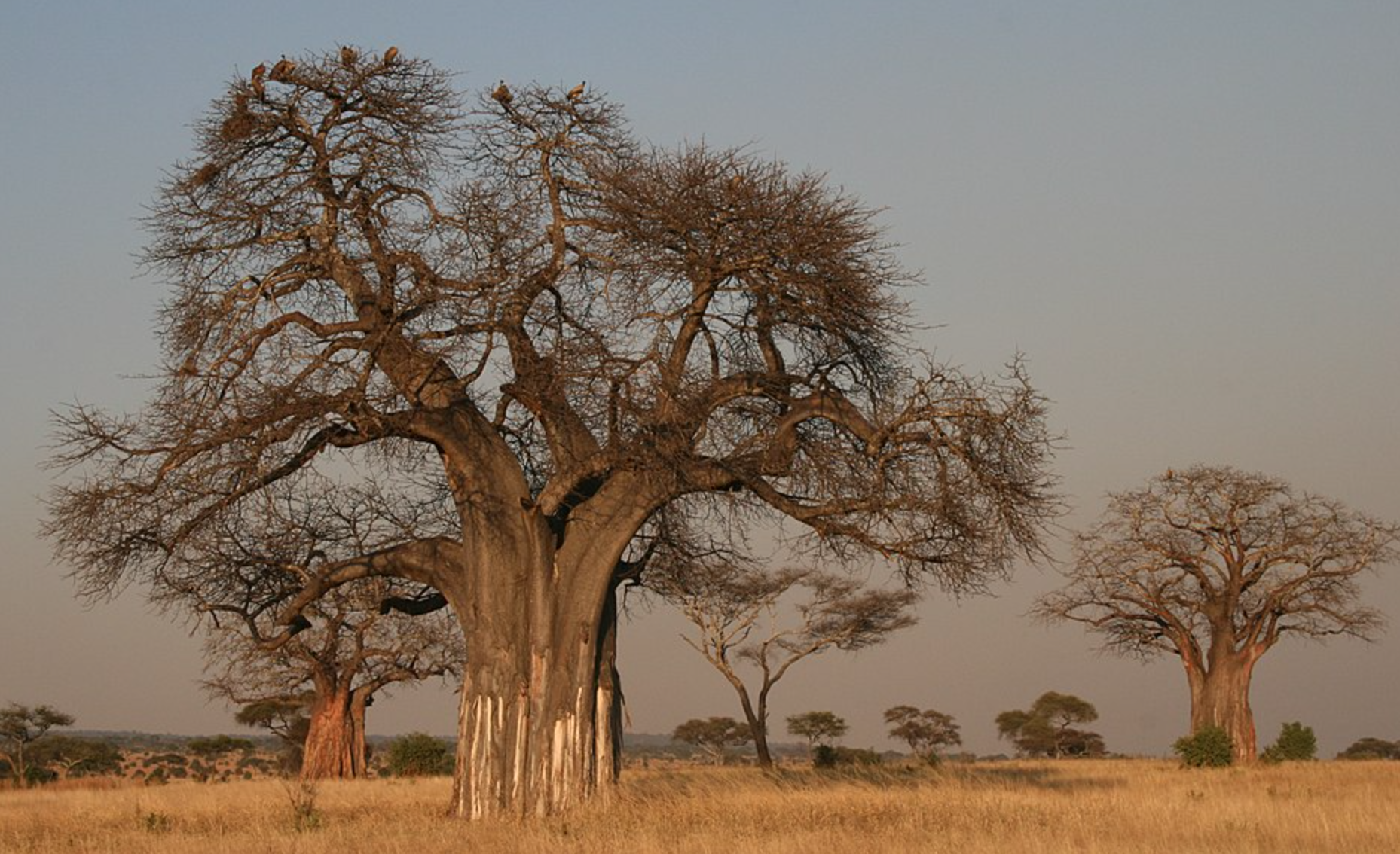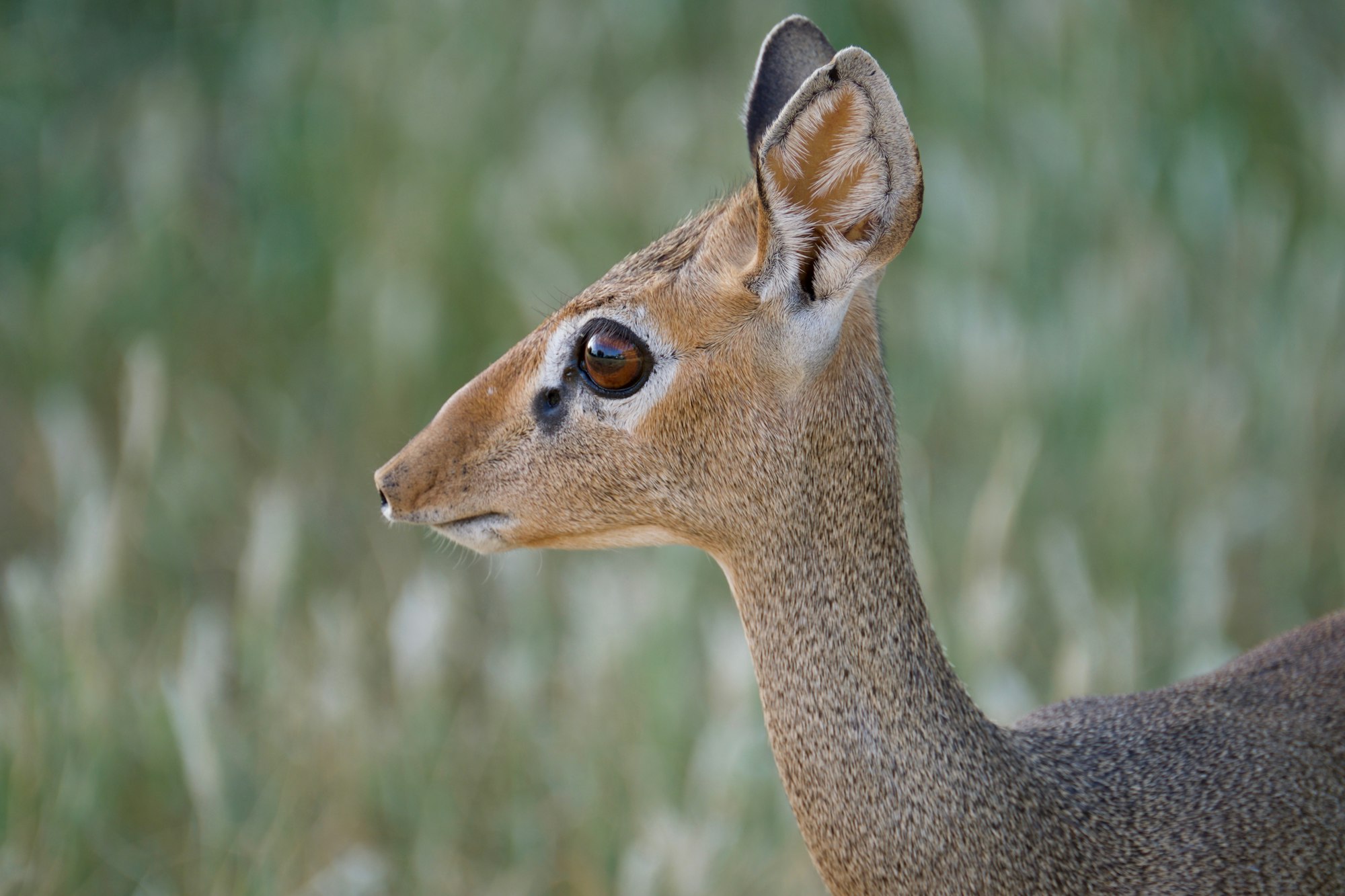The Hadza people are one of the last remaining hunter-gatherer tribes on the planet. Despite being a modern human population, the Hadza lifestyle and diet remain unchanged from their ancestor's thousands of years ago, allowing researchers a unique insight into a palaeolithic microbiome. Keep reading to discover how the Hadza microbiome compares to a city dweller and what we can learn from the differences.
- Who are the Hadza people?
- The Hadza diet
- The Hadza microbiome: robust and diverse
- Your microbiome is what you eat
- What we can learn from the Hadza microbiome
- The Takeaway
Who are the Hadza people?
The Hadza people are an ethnic group in the Central Rift Valley of Tanzania. They are one of the last populations in Africa who follow a hunter-gatherer lifestyle, similar to that followed by humans for 99% of our history. Amazingly, despite occupying the valley for thousands of years, the Hadza people have left very few traces due to their nomadic lifestyle. Due to encroachment on the land and increasing tourism, the Hadza way of life is slowly fading away.
The Hadza have little if any access to antibiotics, agricultural products or modern sanitation, permitting researchers a glimpse at what a palaeolithic microbiome might have looked like. They also live in a geographical region where our early hominin ancestors are thought to have emerged, making them an interesting study group for evolutionary biologists and anthropologists alike.
Considering the Hadza have little access to modern medical facilities, they have relatively low metabolic and infectious disease rates compared to other groups in Northern Tanzania. It is believed that this is at least partly down to their unique gut microbiome. In light of this, their poo has become quite sought after, with one discredited researcher even performing a DIY faecal transplant with a turkey baster!
The Hadza people provide an interesting parallel to the gut microbiome of those living in industrialised cities. By comparing the gut flora of these divergent populations, researchers are gaining an insight into how our modern lifestyle might be impacting the bacterial ecosystem within us.
The Hadza diet

The Hadza people eat no processed foods, are rarely exposed to antibiotics, and live seasonally, eating more meat in the dry season and a predominantly plant-based, high-fibre diet in the wet season. In the absence of strong, industrial cleaning solutions, the Hadza are exposed to bacteria in their environment daily. This might partly explain the resilience of their gut microbiome.
The staples of their diet include the baobab tree, high-fibre tuber roots, berries, fresh honey, and various meats from hunting. A common dish is a soup made from the baobab fruit, something renowned microbiologist Tim Spector sampled while living with them. Just one helping of this creamy mixture contains more fibre than the average Westerner gets in a day!
The Hadza eat little if any agricultural products, choosing to live nomadically as opposed to cultivating the land. Fascinatingly, they collect honey by working in sync with honeyguide birds. As the name suggests, these helpful critters lead the tribe to bee nests in return for the waxy remains. Over thousands of years, the birds and the Hadza have developed calls to communicate with each other!
The Hadza microbiome: robust and diverse
The Hadza microbiome is markedly different from the microbiomes of people in industrialised countries. Most notably, it boasts more taxonomic diversity and greater stability, which are key markers of microbiome health. Even compared to an Italian population following the highly praised Mediterranean diet, the Hadza were shown to have greater diversity.
In particular, the Hadza microbiome was found to be enriched in Prevotella, Clostridium and unknown types of Ruminococcaceae. At the same time, It is noticeably depleted in Bifidobacterium, a bacterial genus containing probiotic species. Many of these are considered important in the development of a child's microbiome and are seen at much higher levels in industrialised societies.
Interestingly, the Hadza microbiome has repeatedly been shown to be higher in bacterial species considered pathogenic than industrialised populations. In particular, they showed higher levels of treponema. Considering the general health of the Hadza people, it appears these bacteria have a function as yet unknown. Their unique bacterial composition is thought to play a large part in their ability to digest raw colon and eat large amounts of fibre with no ill effect.
In a study comparing the Hadza microbiome with an American population, the Hadza were shown to have bacteria better adapted to breaking down plant-based foods. In contrast, the parallel American population were found to have microbes more specialised in breaking down animal proteins. This reflects the dietary habits of both populations.
Most exciting of all, the Hadza play host to species not seen anywhere else, opening up whole new avenues of research. In fact, in one study, as many as 33% of their bacterial genera were unknown. Imagine discovering a jungle where that much of the ecosystem was new to science!
Continuing, another notable difference between the microbiome of the Hadza and industrialised populations is how they change with age. In industrialised populations, the microbiome appears to become less diverse as people get older. In contrast, the Hadza microbiome continues to increase in diversity over time. It is thought this is because older Hadza members continue to interact and live with younger members of the tribe in tight-knit communities.
☝TIP☝ Take The Atlas Microbiome Test to discover the composition and diversity of your gut microbiome!
Lastly, the Hadza people share some bacterial species with other traditional societies around the world, including tribes in Malawi and the Amazon. Considering these similarities are observed across wide geographical differences, it suggests that these bacteria have evolved with humans, conferring benefits that shaped human evolution. The fact that many unique species are not seen in modernised societies heavily suggests that industrialisation is significantly changing our gut flora.
Your microbiome is what you eat

Interestingly, the Hadza microbiome is not constant but is significantly shaped by seasonal variations in the diet throughout the year. During the dry season, the Hadza eat more meat, hunting animals as they drink from watering holes. When the Hadza transition to a predominately omnivorous diet, their microbiome changes to break down animal fats. What's more, certain species of bacteria associated with digesting plant-based fibre become undetectable.
When the Hadza return to a high-fibre, plant-based diet in the wet season, the levels of these species rise once more. This powerfully demonstrates that our microbiome is dynamic and plastic, reflecting both our diet and lifestyle choices. It also suggests that the changes witnessed in Western microbiomes are reversible.
It has been theorised that the Hadza microbiome has "borrowed" genes from the bees microbiome, allowing them to extract more nutrients from honey. A similar phenomenon has been observed in Japanese populations where sushi consumption is high; those who eat large amounts of nori were shown to have a rare gene for breaking down seaweed. Researchers believe an ocean-dwelling microbe transferred the algae-munching gene to the sushi lovers gut bacteria!
What we can learn from the Hadza microbiome
Whilst we do not recommend you perform a DIY faecal transplant with Hadza poop, there are some practical lessons we can take away from this fascinating and culturally rich group of people.
First and foremost, make sure you only take antibiotics when they are essential, as they can deplete your gut flora. Moreover, If you require a course of antibiotics, ask your doctor about taking a probiotic.
Additionally, make sure you eat a variety of plant-based fibrous foods as these feed beneficial bacteria and fuel the production of essential short-chain fatty acids.
Lastly, the Hadza microbiome was shown to have some bacteria found in the surrounding biosphere, with researchers theorising it might be one of the ways their microbiome bounces back after the dry season. In light of this, there is a case to be made that it can be beneficial to get out into nature and interact with the soil. A simple and safe way to interact with the environment would be to try your hand at some gardening.
The Takeaway
- The Hadza people are one of the last remaining hunter-gatherer tribes on the planet
- Considering the Hadza have little access to modern medical facilities, they have relatively low metabolic and infectious disease rates compared to other groups in Northern Tanzania
- The Hadza microbiome is robust and diverse, containing many species of bacteria unknown to researchers
- Compared to industrialised populations, the Hadza microbiome is more diverse and better suited to breaking down plant-based fibre.
- By comparing industrialised populations with traditional, rural communities, we can see how modernisation has significantly altered our gut microbiome.
☝️DISCLAIMER☝This article is for informational purposes only. It is not intended to constitute or be a substitute for professional medical advice, diagnosis, or treatment.
















